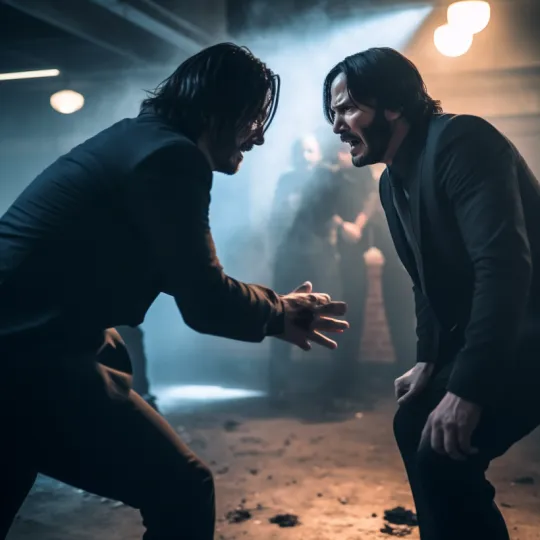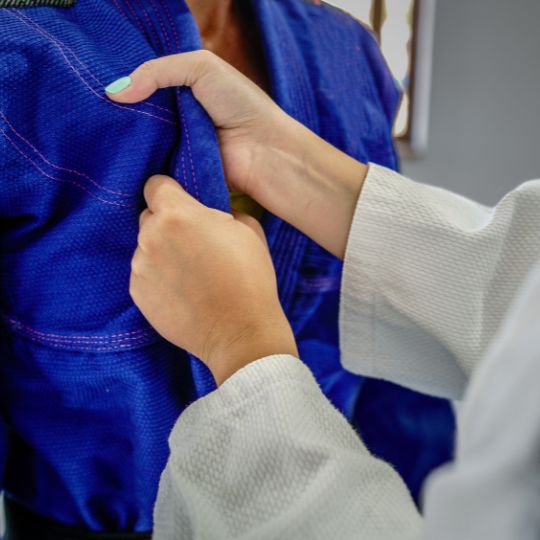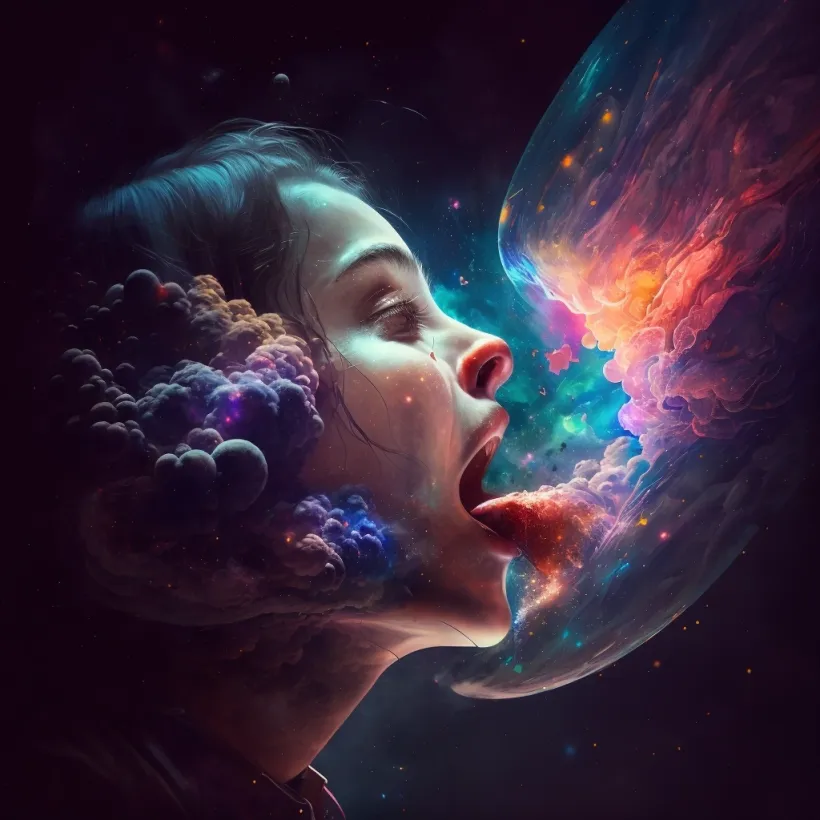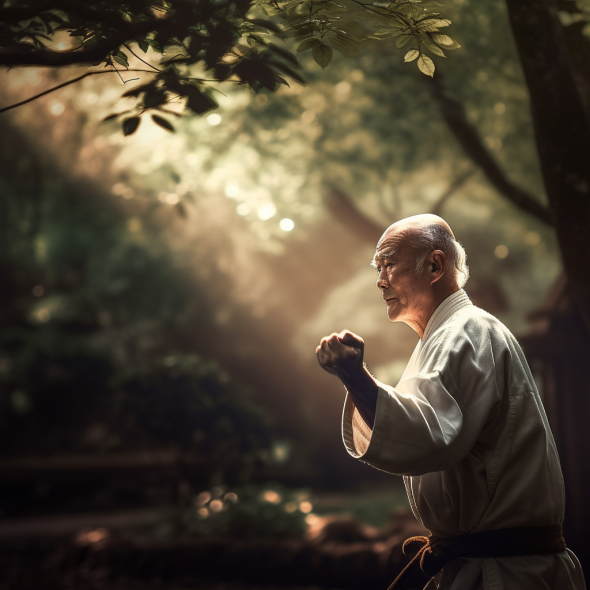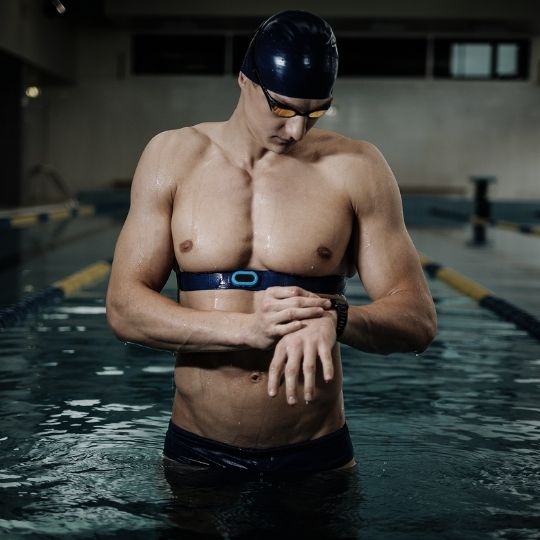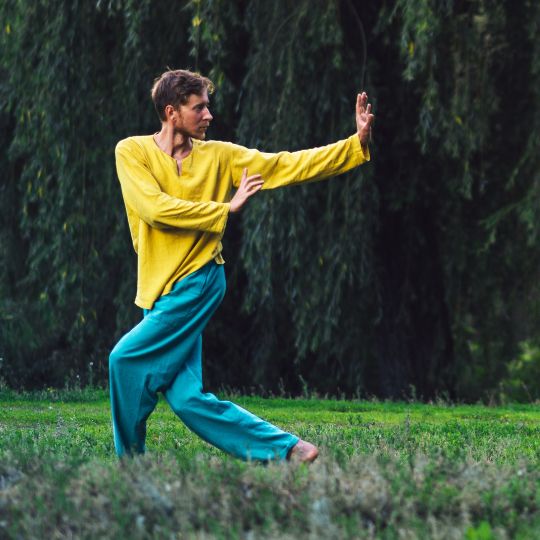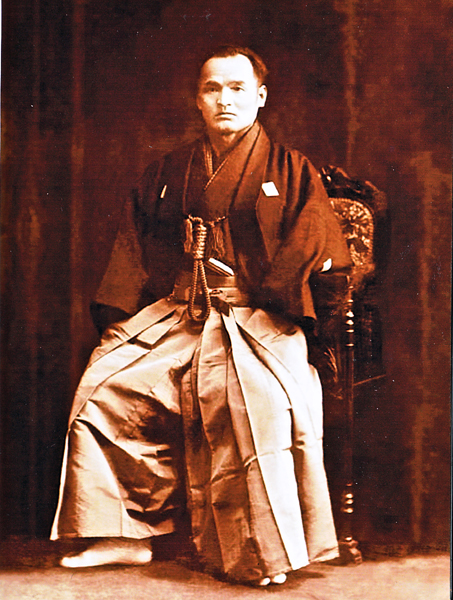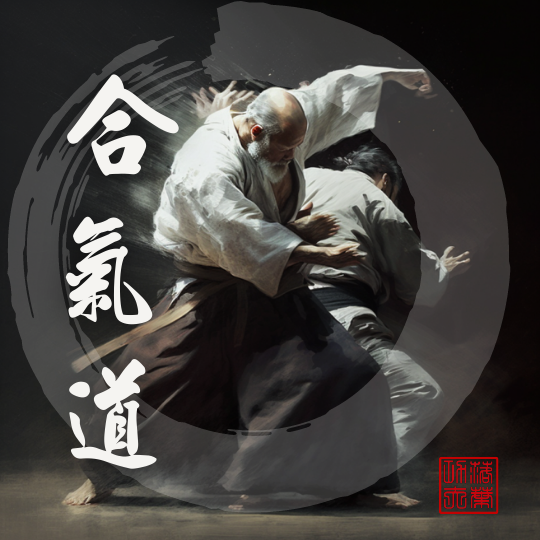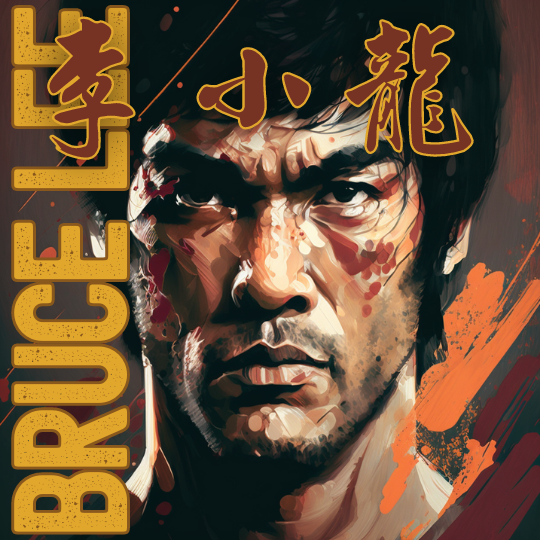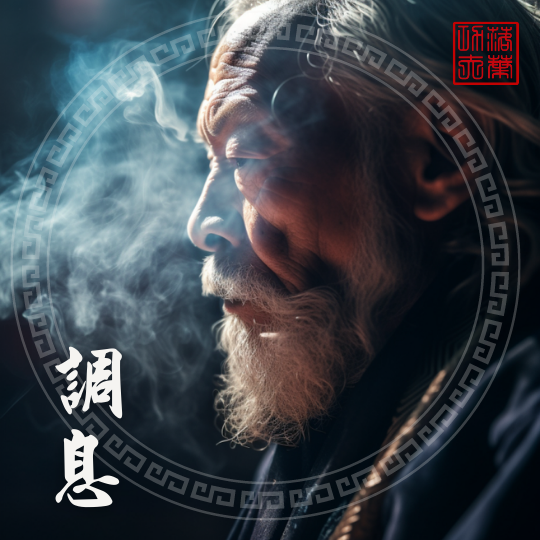
How Controlled Breathing Can Improve Your Martial Arts Training
For centuries, martial artists have known the secret to both power and longevity: the breath. Breathing is the foundation of life.
From the Old Masters of kung fu to the modern-day mixed martial artists, the importance of controlled breathing has been a common thread throughout the history of martial arts.
And now, thanks to new research from PNOE, we better understand how breathing impacts our overall health and performance.
PNOE
PNOE is a company that offers services for measuring various aspects of health and wellness, including metabolic function, heart health, lung capacity, and cellular fitness.
The company claims to provide clinical-level accuracy in its assessments and uses the results to personalize nutrition and exercise plans for its clients.
Welcome to another installment of Fit-To-Fight, the series where we explore the intersection between ancient practices and modern science as part of a more natural way of living.
This series aims to help you experience your best physical and mental health by incorporating these practices into your life. We explore exciting topics that will get you thinking about your fitness and martial arts routine in a whole new way.
In this article, we will explore the connection between breathing and performance. We will look at the results of PNOE’s research, which found that the top three health-related limitations are all related to breathing and how these limitations can impact your ability to train and perform in a self-defense scenario. We will also discuss the benefits of controlled breathing and how to incorporate it into your martial arts training routine.
The old masters knew long ago that the breath was the secret to power and longevity. Understanding the connection between breathing and our overall health allows us to tap into this powerful tool and elevate our martial arts practice to new heights.

Studies have found that grip strength and lung function, measured by forced expiratory volume (FEV) are the two most accurate predictors of mortality, even when considering factors like age, smoking, and chronic illness. Improving these measures may be key to improving overall health and longevity.[1]
Limitation #1: Low Respiratory Capacity
One of the key findings from PNOE’s research was that 52% of test subjects scored 50% or lower on respiratory capacity. A low respiratory capacity score indicates a reduction in lung volume. Lung volume is the amount of air we can take in and exhale, which can cause reduced exercise capacity and possibly even lung disease.
Action Steps
One of the most effective ways to preserve our basic respiratory capacity is to avoid smoking or vaping altogether. Smoking and vaping can have serious adverse effects on the lungs, leading to reduced respiratory capacity and other health issues.
Cigarette smoke contains a range of harmful chemicals that can damage the delicate tissues of the lungs, making it harder to breathe and leading to chronic respiratory conditions like emphysema and chronic obstructive pulmonary disease (COPD). Similarly, vaping has been linked to an increased risk of lung injury and inflammation, which can impair lung function and reduce respiratory capacity over time.

Ways To Increase Respiratory Capacity
Did you know that free divers have developed techniques to increase their lung volume and improve their ability to hold their breath for extended periods? These techniques can be beneficial for martial artists and other athletes looking to boost their lung capacity and endurance.
One technique that free divers use is called lung packing. This involves taking a series of deep breaths and then exhaling fully before taking one final deep breath and holding it as long as possible. By doing this, the diver can pack more air into their lungs, increasing lung volume and improving breath-holding ability.
Another technique to monitor and improve your lung volume is to use a spirometer. There are a number of digital spirometers available on Amazon that can help. These devices are easy to use and provide valuable information about respiratory health. By tracking your lung function over time, you can track your progress as you work to strengthen your respiratory muscles.
Limitation #2: Poor CO2 Tolerance & Cognition
PNOE’s research also found that 51% of test subjects scored 50% or lower on breathing and cognition. A low score in this area indicates that you are hyperventilating and negatively affecting your focus and cognitive capacity. Poor CO2 tolerance can lead to chronic hyperventilation. Chronic hyperventilation affects ~15% of adults and can lead to anxiety and other stress-related disorders.
We have specialized cells that play a critical role in regulating breathing frequency in the human body called chemoreceptors. There are two main types of chemoreceptors involved in this process: central chemoreceptors in the brain and peripheral chemoreceptors in the carotid arteries.
Chemoreceptors are sensitive to changes in carbon dioxide and hydrogen ion levels in the blood and brain. When these levels rise, the chemoreceptors signal the respiratory center in the brainstem to increase breathing frequency and depth to remove excess carbon dioxide and restore balance. However, many people have poor CO2 tolerance, meaning the sensitivity of their chemoreceptors is set too high.

When we hyperventilate, we exhale too much carbon dioxide. Research has shown that chronic hyperventilation can seriously impact brain function. For example, this study by Ishitsuka et al. found that people prone to hyperventilation may be at a higher risk of reduced blood flow to the brain.[2]
The same study also found that cerebral lactate levels increased when carbon dioxide levels fell below a certain point, indicating that the brain was experiencing an ischemic (reduced blood flow) event. This can cause further complications and impair brain function.
All of this is to say that maintaining healthy CO2 tolerance is crucial for optimal physical and mental performance. By paying attention to our breathing patterns and practicing techniques like slow breathing, we can improve our CO2 tolerance and reduce the risk of chronic hyperventilation.
Action Steps
Controlled breathing practices can have a powerful impact on our CO2 tolerance, and one particular technique that has been shown to be effective is breathing at a rate of 6 breaths per minute.
This technique involves taking a deep breath in for 4 seconds, and then exhaling slowly for 6 seconds. By slowing down our breathing in this way, we can increase the amount of carbon dioxide in our bloodstream, which can help to improve our CO2 tolerance over time.
In addition to improving CO2 tolerance, controlled breathing practices like this can have other health benefits. For example, they have been shown to reduce stress and anxiety, lower blood pressure, and improve overall heart health.[3],[4],[5],[6]
The great thing about controlled breathing is that it’s something we can all do and doesn’t require any special equipment.
Limitation #3: Low Respiratory Capability During Exercise
We’ve all felt like we couldn’t catch our breath during a workout. It’s a frustrating feeling that can be caused by several factors, including weak respiratory muscles and poor posture.
PNOE’s research found that 47% of test subjects scored 50% or lower on respiratory capability during exercise. A low score in this area indicates that you cannot use the available lung volume during exercise, causing you to run out of breath faster than usual.

There are a few reasons why this might happen. One is that the respiratory muscles – including the diaphragm and intercostal muscles – may be weak, making it harder to take deep breaths and use the lungs’ full capacity. Another reason is that poor alignment of the head, neck, and spine, aka “text neck,” can restrict breathing and reduce airway size.
Action Step
The good news is that both issues can be addressed with the proper training and techniques. Strengthening the respiratory muscles through targeted exercises can improve lung capacity and endurance while correcting posture can open up the airway and make breathing easier.
Respiratory muscle training, or RMT, is a type of exercise that focuses on strengthening the muscles we use to breathe, like the diaphragm and accessory muscles. By training these muscles, we can improve our lung capacity and endurance, which can help us perform better in physical activities like martial arts.
Several types of inspiratory muscle training exist, including flow-resistive loading, pressure-threshold loading, and volume loading protocols. These techniques involve specialized devices to place specific training stress on the respiratory muscles required to induce adaptation.
Studies have shown that RMT can promote hypertrophy of the diaphragm and external intercostal muscles, increase the proportion of type II muscle fibers in the external intercostal muscles, and increase the oxidative capacity of the diaphragm. RMT can lead to improved exercise performance and reduced respiratory muscle fatigue.[7],[8],[9],[10]
Flow Resistive Devices
A flow-resistive device is a tool that can help you improve your respiratory capacity and endurance by making it more challenging to breathe. It’s strength training for your lungs – just like how you might use weights to build strength in your muscles, a flow-resistive device can help you build strength in the muscles you use to breathe.
These devices typically have a small opening or tube you breathe through, creating resistance that makes it harder to inhale and exhale. This resistance requires your respiratory muscles to work harder, which can help you build strength and endurance over time.[11]
Some examples of flow-resistive devices include the BreatherFit Pro and other similar devices available on the market. These devices are great for athletes and martial artists who want to improve their breathing and overall performance. They can be part of a comprehensive fitness program that includes RMT and increased mindfulness of our posture and corrective exercises.
Incorporating Controlled Breathing into Your Training Routine
| Limitation | Action Step | Sets & Reps | Frequency |
|---|---|---|---|
| Lung Capacity | Lung packing | 5-10 repetitions per session | 2-3 times per week |
| Spirometer training | 3-4 sets of 10 repetitions per session | 2-3 times per week | |
| CO2 Tolerance | Slow breathing | 5-20 minutes | Daily |
| Exercise Capacity | Respiratory muscle training | 3 sets of 10 repetitions per session | Daily |
Following these action steps and incorporating them into your training program can improve your respiratory capacity and endurance, reduce chronic hyperventilation, and enhance your overall health and martial arts performance.
The Secret to Power and Longevity
Breathing exercises have been a cornerstone of martial arts for centuries. Today, new research from PNOE has helped shed light on the vital connection between breathing and our overall health and performance. By understanding this connection, we can tap into the powerful tool of controlled breathing and elevate our martial arts performance to new heights. Following the action steps outlined in this article can improve our endurance, focus, and clarity and enhance our overall health and martial arts performance.
While breathwork is not magic, it is an extremely powerful tool. By incorporating breathwork into our daily routine, we can take personal responsibility for our own mind and body and exercise agency over how we feel in real time.
Breathing is the very foundation of life, and learning how to harness its power can provide numerous benefits, from improved performance and recovery to better immune function and stress management. You can significantly enhance your physical and mental well-being by practicing controlled breathing for a minimum of 10 minutes daily. It may take time and effort, but the return on investment is well worth it. Keep practicing daily for at least four weeks, and watch as your life changes for the better.
Show Some Love
If you found this article useful, you can support my blog by making a purchase from our Amazon Storefront and help me continue to provide valuable content.
If you’re ready to embark on your own journey of personal growth through martial arts, here are three ways I can help:
- Consider our small group or online martial arts classes to start your practice.
- Explore our other articles to deepen your understanding.
- Book a free discovery call to find out if one of our programs is right for you.

Read More!
- Is Pepper Spray Effective For Self Defense?
- Why Hand-to-Hand Combat Still Matters in the Firearm Era
- What is a Kung Fu Master Called?
- Woman Fight’s Off Her Attacker At The Gym!
About the Author

Ashe Higgs, I Liq Chuan Master Instructor & L2 Nutrition Coach
Ashe is a highly skilled martial arts instructor and certified nutrition coach with over two decades of experience in the field. He holds a Master Instructor certification in I Liq Chuan under Sam FS Chin, making him one of only several individuals worldwide to hold the title. He has taught classes and workshops worldwide and is passionate about helping others achieve their fitness and wellness goals.
With a background in full-contact fighting and a Level 2 certification from Precision Nutrition in nutrition coaching, Ashe is a well-rounded expert in the fields of martial arts. In addition to his expertise, he has a wealth of experience in teaching and mentoring others. He has a natural ability to connect with his students and inspire them to reach their full potential.
Disclaimers & Conflicts of Interest
I am not a doctor or a lawyer, and the information provided should not be considered medical or legal advice advice.
The information provided is for educational and informational purposes only and should not be used as a substitute for professional legal or medical advice, diagnosis, or treatment. Consult your doctor or a qualified healthcare professional before making any changes to your diet, exercise routine, or lifestyle.
Please note that some of the links provided in this content may be affiliate links, meaning that I may receive a small commission if you purchase through them. However, please rest assured that any products or services recommended are based on my personal experience and belief in their value. I only recommend products or services that I have personally used and believe in.
References
- Schu, Holger J., et al. “Pulmonary function is a long-term predictor of mortality in the general population: 29-year follow-up of the Buffalo Health Study.” Chest 118.3 (2000): 656-664.
- Ishitsuka, T. A. K. A. O., et al. “Effects of hyperventilation on cerebral blood flow and brain tissue metabolism in normotensive and spontaneously hypertensive rats.” Stroke 13.5 (1982): 687-692.
- Meuret, Alicia E., et al. “Hypoventilation therapy alleviates panic by repeated induction of dyspnea.” Biological Psychiatry: Cognitive Neuroscience and Neuroimaging 3.6 (2018): 539-545.
- Banushi, Blerida, et al. “Breathwork Interventions for Adults with Clinically Diagnosed Anxiety Disorders: A Scoping Review.” Brain Sciences 13.2 (2023): 256.
- Russo, Marc A., Danielle M. Santarelli, and Dean O’Rourke. “The physiological effects of slow breathing in the healthy human.” Breathe 13.4 (2017): 298-309.
- Zaccaro, Andrea, et al. “How breath-control can change your life: a systematic review on psycho-physiological correlates of slow breathing.” Frontiers in human neuroscience 12 (2018): 353.
- Shei, Ren‐Jay, et al. “Inspiratory muscle training improves exercise capacity with thoracic load carriage.” Physiological reports 6.3 (2018): e13558.
- Illi, Sabine K., et al. “Effect of respiratory muscle training on exercise performance in healthy individuals: a systematic review and meta-analysis.” Sports medicine 42 (2012): 707-724.
- Nina, Bausek, Summers Susanne, and Scott B. Sonnon. “Respiratory Intervention Techniques Increase Selection Rate for Special Forces.” bioRxiv (2019): 774620.
- Lindholm, P., et al. “Resistive respiratory muscle training improves and maintains endurance swimming performance in divers.” Undersea & Hyperbaric Medicine 34.3 (2007): 169.
- Shei, Ren-Jay, et al. “Effect of flow-resistive inspiratory loading on pulmonary and respiratory muscle function in sub-elite swimmers.” J Sports Med Phys Fitness 56.4 (2016): 392-8.









